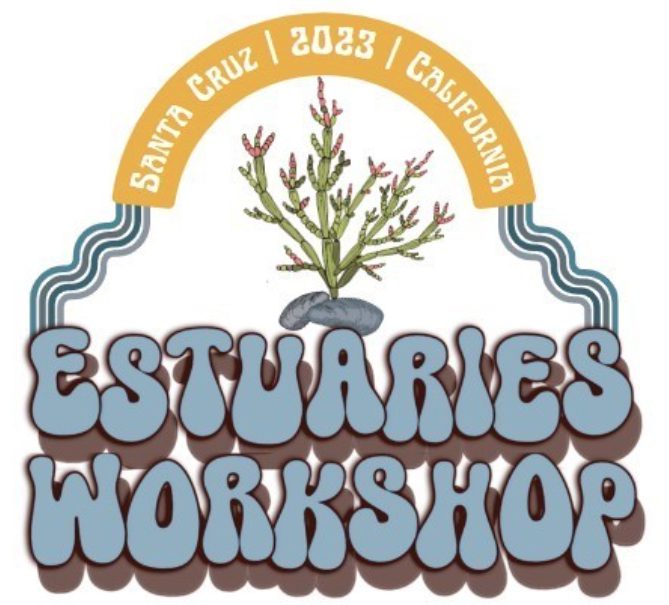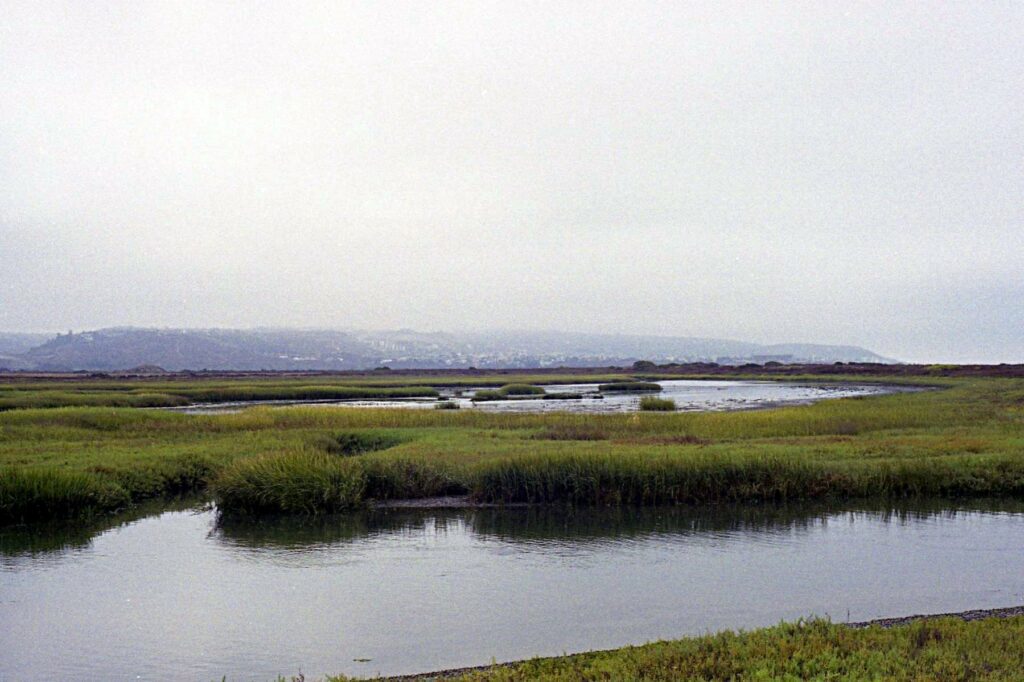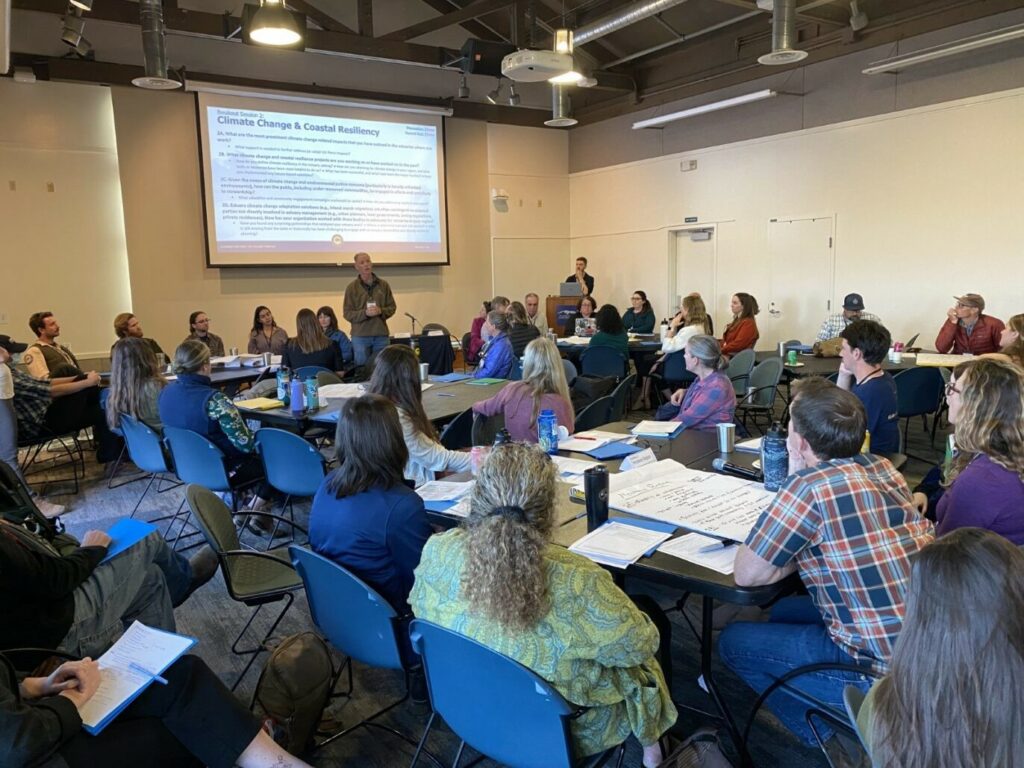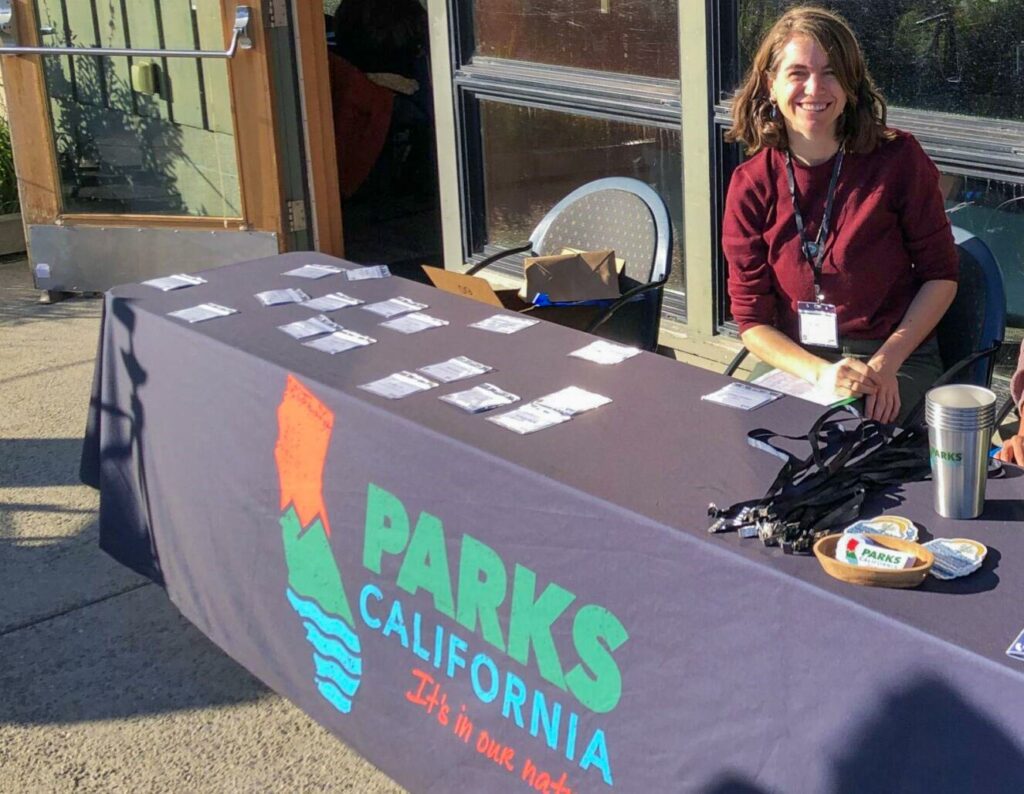By Andrea Cornelius, 2023-2024 Climate Fellow

Q: Why did the oyster never share its pearls?
A: Because it was a little shellfish.
Estuaries are critical natural ecosystems and host a variety of habitat types — from wetlands, seagrass beds, and mudflats to oyster reefs, lagoons, and marshes. They serve as important rearing grounds for young marine and freshwater species and provide a host of natural services to species in water and on land — humans included.
But what makes estuaries so uniquely important? For starters, estuaries are ecosystem connectors. Spanning the Californian coast, estuaries link fresh waterways to the salty sea, where water from both sources have the opportunity to mix. Estuaries flex their muscles by facilitating partnerships between the ocean and waters upstream. At Parks California, the value of partnership building does not go unnoticed. Naturally, neither does the value of estuaries.
After all, estuaries help filter out pollutants and extra nutrients from runoff in their vicinity. They crucially mitigate climate change by taking in carbon dioxide and by absorbing excess water as coastal communities experience more frequent and intense storms.
And they are disappearing.

California State Parks are connected to about 155 of the state’s estuaries — more than any other entity in the state. These estuaries are affiliated with 98 coastal park units and beaches — from Border Field State Park’s Tijuana River Estuary in the south to Tolowa Dunes State Park’s Smith River Estuary in the north. 75% of all coastal units of the CA State Parks System are affiliated with an estuary. Unfortunately, more than 90% of California’s historic coastal wetlands have been lost to anthropogenic impacts (namely, being converted to agricultural and urban uses), and many of these impacts have also compromised the structure, function, and connectivity of estuarine systems. Impacts of climate change, such as drought, altered precipitation, sea level rise, and ocean acidification further compound the challenges these priceless ecosystems face. Protecting and restoring California’s estuaries is more important now than ever before.
That’s why, in collaboration with the Natural Resources Division at California State Parks, Parks California hosted the California State Parks Estuaries Workshop in December. While the goal to protect and restore the state’s remaining estuaries acted as a strong undercurrent of the gathering, the workshop was anchored around strengthening regional collaboration and coordination between State Parks staff and external partners working on estuarine management. In addition to Parks California and State Parks staff, approximately 80 participants attended representing government, academic, tribal, and nonprofit partners.

State Parks staff from nearly all coastal districts reported on the status of estuaries in their regions and related restoration and partnership efforts, State Parks staff from Headquarters discussed ongoing efforts including statewide estuary mapping and data synthesis, aquatic natural resources management, watershed restoration, and research. Partners shared insights on opportunities for collaboration, estuarine projects, relevant research, as well as monitoring efforts in California. A panel on collaborative estuarine management featured Parks California’s Director of Climate & Stewardship, Becky Rittenburg, along with tribal, government, and nonprofit representatives. Participants additionally had opportunities to discuss how to improve regional coordination, address climate change, and determine what next steps may be feasible to steward estuaries effectively.

“To tackle the complex, large-scale issues facing our coastal estuaries, we have to bring everyone to the table — pulling in input from this diverse group of land managers, experts, tribes, and stewards,” said Becky Rittenburg. “Working together, we can build the tools and strategies necessary, and integrate science and traditional ecological knowledge to help make the most informed decisions.”
As stewards of these invaluable ecosystems, the commitment to collaboration and conservation from everyone in the room was clear. The value of partnerships in estuarine management cannot be overstated as tackling the issues estuaries face requires coordination between many entities, both on the local and landscape level. Collaborative efforts and the incorporation of diverse knowledge brings us one step closer to the protection and equitable stewardship of these invaluable ecosystems for current and future generations. We owe it to estuaries to not only learn from and with each other but to also crucially take note of the lessons they offer us.


